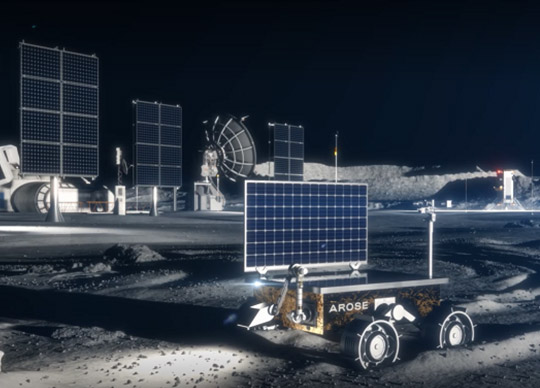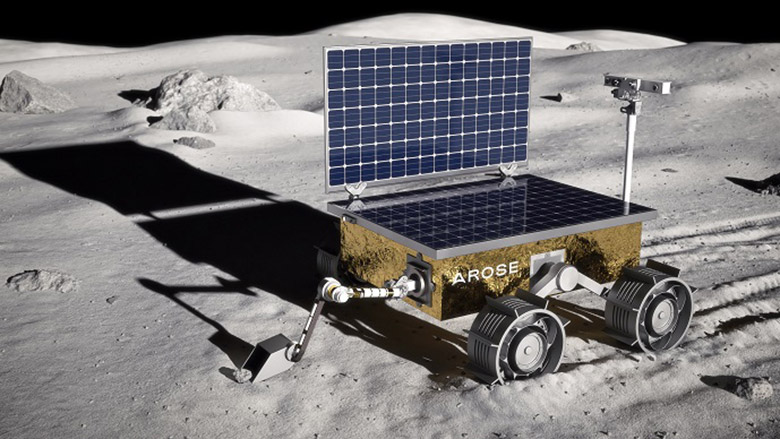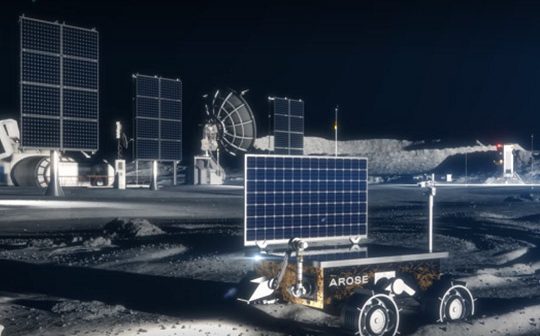
A new partnership between remote operations consortium AROSE and the Robotics Australia Group will help connect and grow Australia’s maturing robotics ecosystem.
The affiliate partnership will explore new opportunities for growth, collaboration and advocacy of remote operations technology and expertise. The partnership will significantly benefit both organisations, as well as the various members and stakeholders they jointly represent.
AROSE and Robotics Australia Group work with a similar range of stakeholders across industry, State and Federal governments, research institutions, and fellow industry associations.
Both organisations recognise automation and robotics as tools that unlock human potential, modernise the economy, and build national well-being and sustainability.
Robotics is an interdisciplinary field that includes mechanical and electrical engineering, computer science, design, social sciences, creative arts and law.
Robotics Australia Group was established to facilitate the growth of a sustainable and internationally competitive national robotics industry. It is the peak body representing the robotics and robotics-related technology sector in Australia.
AROSE is an industry-led organisation dedicated to ensuring Australia is the trusted leader in remote operations science, technology and services on Earth and in Space.
Robotics Australia Group CEO Nicci Rossouw said growing Australia’s robotics sector has the potential to generate enormous social, economic and environmental benefits.
“The development of robotic technologies will lead to the creation of new companies and new jobs,” Ms Rossouw said. “Robotics and automation are central to addressing a range of issues of national importance including our ageing population, servicing regional and remote communities, and labour shortages.”

AROSE CEO Leanne Cunnold said the growth in robotics, automation and artificial intelligence presents a range of opportunities and challenges requiring the highest levels of cross-industry collaboration.
“The partnership between AROSE and Robotics Australia Group will help elevate collaboration and improve outcomes for the robotics ecosystem across Australia, while boosting the national presence of both organisations.”
Ms Cunnold said robotics will impact every sector of the Australian economy, creating the jobs of the future and helping us tackle some of the great challenges facing humanity.
“Robotics has the potential to achieve enormous social and environmental good. A wide range of robotic technologies will be required to deliver on the world’s decarbonisation aspirations, as well as help monitor and mitigate environmental challenges such as bushfires, drought and floods.”
AROSE Program Director Michelle Keegan said the partnership has the potential to deliver significant benefits for industry.
“While Australia is regarded as a world-leader in the design and management of autonomous vehicles, robotics and interoperability for the Resources sector, greater investment in robotics and workforce development is required to maximise the opportunities across all industries.”
Ms Keegan said the biggest challenges industry faces are the need to achieve zero emissions, zero harm and zero waste.
“The Resources and Space sectors recognise the need to collaborate to achieve these ambitious goals. Now we need to expand collaboration across industries. This partnership will be a major boost to that important national enterprise.”
Another key area of collaboration between AROSE and Robotics Australia Group will be in education and training.
Robotics Australia Group Chair Dr Sue Keay said both organisations are committed to boosting workforce skills, increasing diversity and inspiring students to pursue careers in STEM.
“In order to have a thriving robotics industry in Australia it’s important to have a workforce with the capability to meet the requirements of competitive business,” Dr Keay said.
“The education side of the equation is crucial to providing a pipeline of workers who are appropriately skilled and passionate about robotics and automation.”
Ms Cunnold said that for many students in classrooms today, the automation and robotics sector is the career of choice.
“It’s critical we invest here in Australia in the talent and technologies we are developing in remote operations. This will grow our businesses and create jobs at home for our future workforce.”
Industry and policy context
- In 2021, Australian robotics companies were estimated to be worth $18 billion in annual revenue, up from $12 billion in 2018.1
- Automation was forecast in 2019 to add an additional $170 to $600 billion to Australia’s annual GDP by 2030 given sufficient investment across the private and public sectors.2
- The growth of analytics and robotics capabilities in the Resources sector alone is estimated to add $74 billion to the economy by 2030 and create 80,000 new jobs.3
- Robotics and Automation on Earth and in Space is a key priority area under the Australian Civil Space Strategy.
- Both AROSE and Robotics Australia Group were key contributors to the Australian Space Agency’s Robotics and Automation on Earth and in Space Roadmap 2021-2030, and more recently to the Federal Government’s National Robotics Strategy discussion paper.
- In 2022 Robotics Australia Group produced its own Robotics Roadmap for Australia that outlines its plan for Australia to achieve a sustainable homegrown robotics industry.
1. Robotics Roadmap for Australia, Robotics Australia Group, 2022.
2. Australia’s automation opportunity: Reigniting productivity and inclusive income growth, McKinsey & Company, 2019.
3. Staying ahead of the game, METS Ignited and NERA, 2019.






